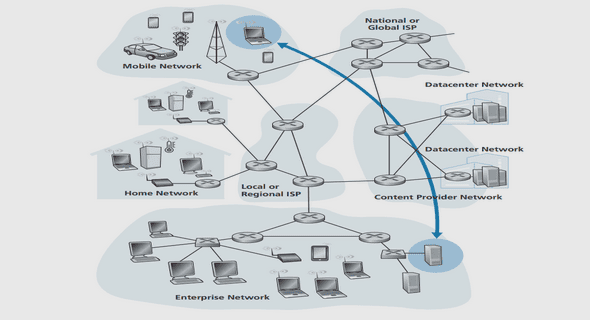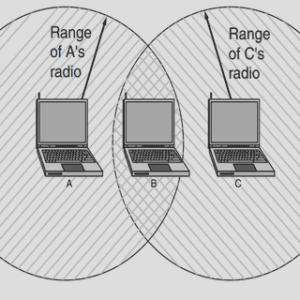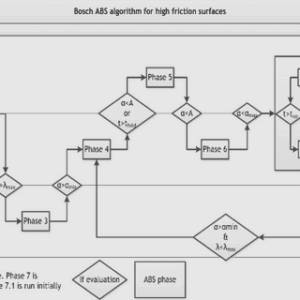(Downloads - 0)
For more info about our services contact : help@bestpfe.com
Table of contents
1 Introduction to CMOS imaging applications and spectral filtering
1. 1 CMOS image sensors
1. 1.1 Principle of image sensing
1. 1.2 Structure of a CMOS image sensor
1. 1.2.1 Microlenses
1. 1.2.2 Color filters
1. 1.2.3 Photodiodes: the photoelectric effect
1. 1.2.4 Case of back-side illumination
1. 1.3 Image reconstruction
1. 1.3.1 Color interpolation
1. 1.3.2 White balance
1. 1.3.3 Color correction
1. 1.4 Main figures of merit
1. 2 Ambient Light Sensors
1. 2.1 Background
1. 2.2 Market trends
1. 2.3 Principle
1. 2.4 Structure and integration
1. 3 Review on spectral filtering solutions
1. 3.1 Organic resists
1. 3.2 Interference filters
1. 3.3 Diffractive filters
1. 4 The plasmonic alternative
1. 4.1 Electromagnetic waves propagation
1. 4.2 Optical properties of metals
1. 4.3 Surface plasmon resonances
1. 4.3.1 Surface plasmon polaritons
1. 4.3.2 SPP excitation conditions
1. 4.3.3 Plasmons properties in the visible range
1. 4.3.4 Localized plasmon resonances
1. 5 Thesis objectives: the challenges of plasmonic filtering
2 CMOS integration of nanostructures for plasmonic filtering
2. 1 Method for optical simulations: RCWA
2. 1.1 Numerical methods for periodic structures
2. 1.2 The RCWA principle
2. 1.3 Information about the code used
2. 2 Performance evaluation tools
2. 2.1 Ambient Light Sensors
2. 2.1.1 The global ALS sensitivity
2. 2.1.2 The performance criteria
2. 2.2 RGB image sensors
2. 3 Plasmonic structures for spectral filtering
2. 3.1 Metal-Insulator-Metal structures
2. 3.1.1 Generalities on MIM arrays
2. 3.1.2 Material for the dielectric core
2. 3.1.3 Structures investigation
2. 3.1.4 Angular stability
2. 3.2 Metallic patch arrays
2. 3.2.1 Introduction to metallic patch arrays
2. 3.2.2 Square patches
2. 3.2.3 Cruciform patches
2. 3.3 Hole arrays in a metallic layer
2. 3.3.1 Extraordinary Optical Transmission in subwavelength hole arrays
2. 3.3.2 Impact of the material properties
2. 3.3.3 Square arrays of holes
2. 3.3.4 Hexagonal arrays of holes
2. 3.3.5 RGB filters
2. 3.4 Conclusion on plasmonic structures
2. 4 Optimal integration solution for plasmonic ALS
2. 4.1 Integration level of plasmonic filters
2. 4.2 Location of the metallic layer
2. 4.3 Distance of the filters to the passivation layers
2. 5 Conclusion on Chapter 2
3 Evaluation of plasmonic filters for Ambient Light Sensors
3. A.1 Review on the impact of geometrical parameters
3. A.1.1 Metal thickness hm
3. A.1.2 Effect of the a/P ratio
3. A.1.3 Shape factor b/a
3. A.1.4 Intercrosses distance d
3. A.2 Illustration with color filters
3. A.2.1 RGB filters selection
3. A.2.2 Color errors and illumination conditions
3. A.3 Conclusion on optimal design rules
3. B.1 Positioning of plasmonic filters
3. B.1.1 Evaluation of plasmonic filters performance
3. B.1.2 Angular tolerance
3. B.1.3 Other potential ALS structures
3. B.2 Noble metals alternative
3. B.2.1 Silver-based filters
3. B.2.2 Gold-based filters
3. B.3 Conclusion on ALS performances
3. B.4. Conclusion on Chapter 3
4 Robustness of plasmonic filters to process variations and Front-End fabs limitations
4. 1 Identification of the process limitations
4. 1.1 Simplified process route
4. 1.2 Expected hard points
4. 2 Materials-related dispersions
4. 2.1 Thicknesses and refractive index dispersions
4. 2.2 Metal oxidation
4. 3 Lithography inaccuracies
4. 3.1 Rounding of the crosses
4. 3.2 Impact of rounded corners on angular stability
4. 3.3 Variations of the apertures dimensions
4. 4 Filter nanostructuration
4. 4.1 RCWA modeling of etching slopes
4. 4.2 Impact of sloped profiles
4. 5 Holes filling
4. 5.1 Importance of the dielectric surrounding
4. 5.2 Impact of air gaps during holes filling
4. 6 Conclusion on Chapter 4
5 Realization and characterization of ALS plasmonic filters
5. 1 Experimental conditions
5. 1.1 Integration constraints and limitations
5. 1.2 Process route description
5. 1.3 Designs selection and Electron-Beam Lithography bases
5. 2 Development of a wafer-level integration
5. 2.1 Materials and interfaces quality
5. 2.2 Electron-beam lithography and corrections
5. 2.3 Aluminum nanostructuration
5. 2.4 Holes filling
5. 2.5 Validation of the bonding on glass wafers
5. 3 Evaluation of the fabricated ALS filters
5. 3.1 Responses and performance at normal incidence
5. 3.2 Angular tolerance of the filters
5. 4 Conclusion on Chapter 5




